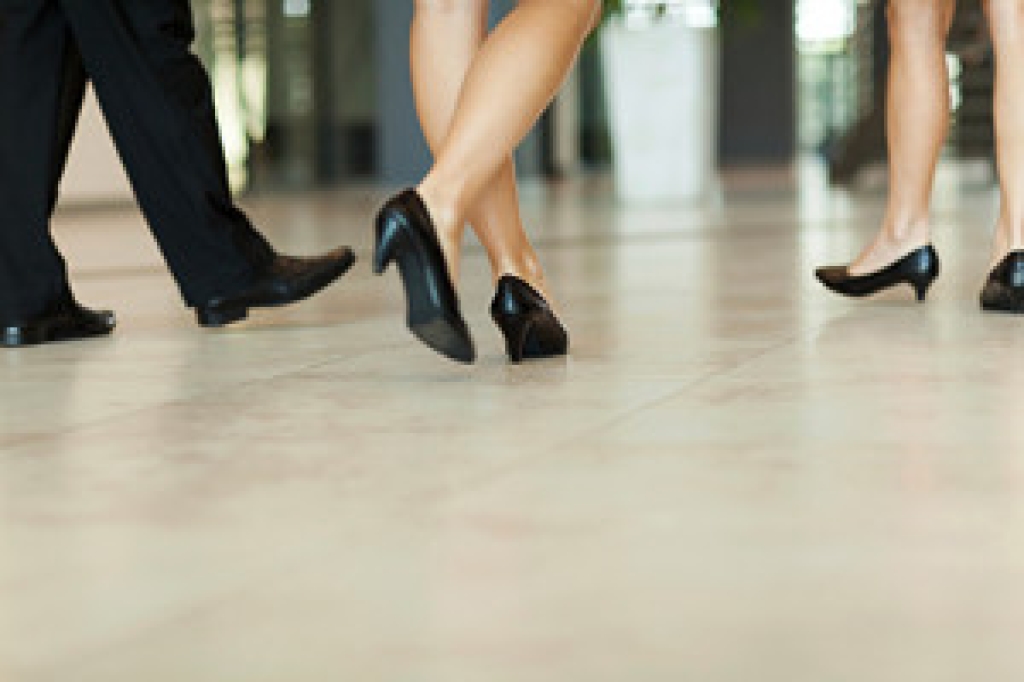
Choosing the right running shoe is essential for improving performance and preventing injuries while running. But this is not necessarily easy to do because a number of factors must be considered before making a purchase. Among these are running surfaces, gait or foot biomechanics, weight, and performance goals. Running shoes fall into five classifications to fit your specific needs. For instance, if you are a sprinter, lightweight shoes are a good choice. On the other end of the spectrum, a trail runner benefits from shoes that offer more support, stability, and protection. Stability shoes are a good choice for runners with few arch or pronation issues because they offer ample arch cushioning and support. Motion control shoes are helpful to runners who overpronate, as they are rigid and have a wider sole. Finally, cushioned shoes offer shock absorption features designed to account for supination problems. For help with determining which running shoe is best for your feet, it is suggested that you consult a chiropodist.
The right running shoes can sometimes be difficult to find. With so many options on the market, it’s important to know the unique needs of your feet prior to buying running shoes. If you require assistance, please consult with one of the chiropodists from The Footcare Centre. Our chiropodists can help you maintain the health of your lower limbs and your mobility.
When looking for running shoes, take into consideration:
- The type of running you will be doing
- The terrain you plan to run on
- Your gait or running pattern
- Your arch type
- Other unique foot needs
A chiropodist can help by examining your feet and your gait to determine what types of shoes may be best for you. Some runners may require motion control shoes, which prevent your foot from rolling too far inward while you run. Others may need stability shoes, which offer more balance, cushioning, and support. When shopping for shoes, make sure that they are the right size, fit comfortably, and are made of breathable materials.
If you have any questions, please feel free to contact our office located in . We offer the newest diagnostic and treatment technologies for all your foot care needs.




